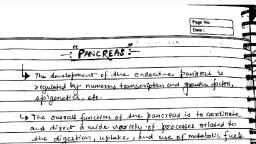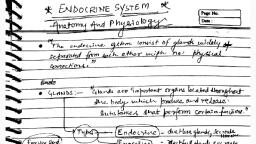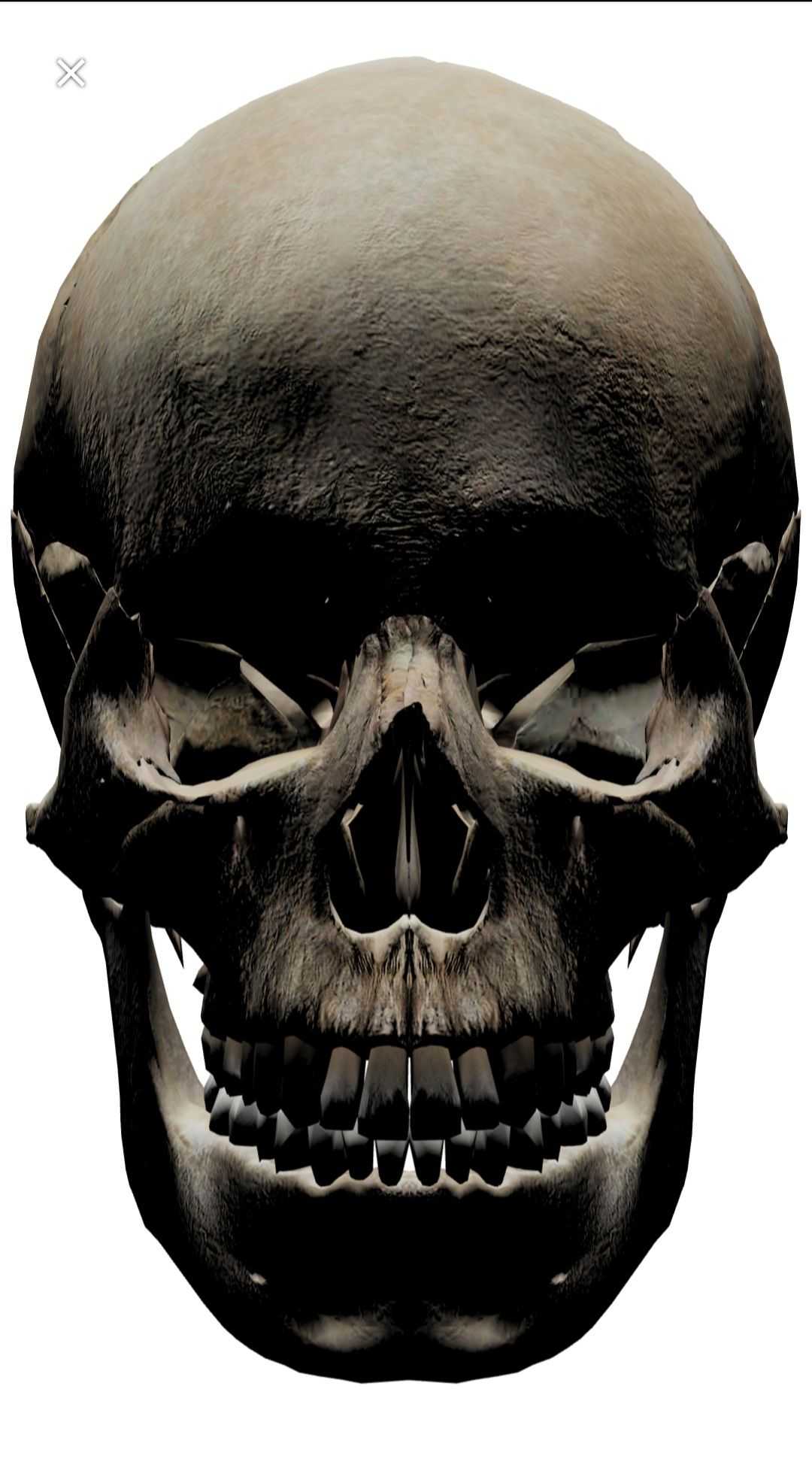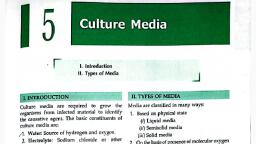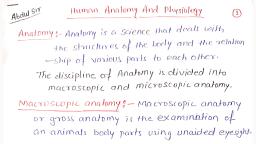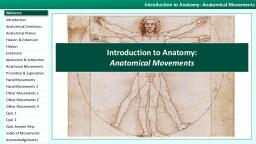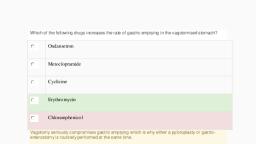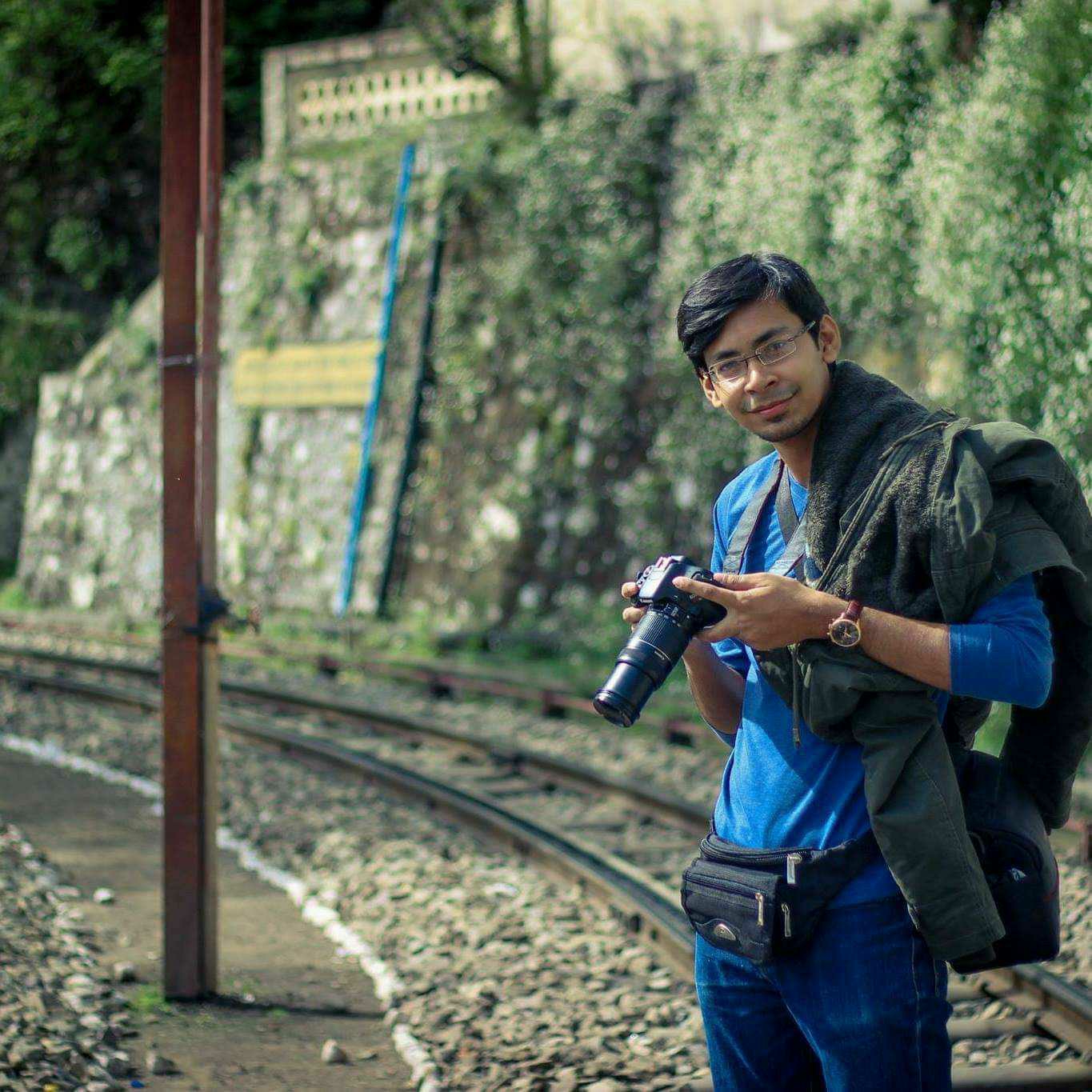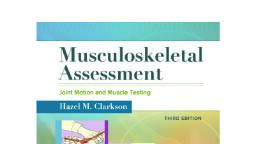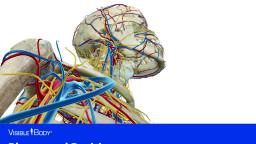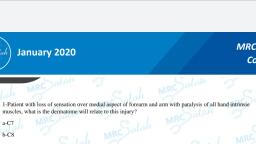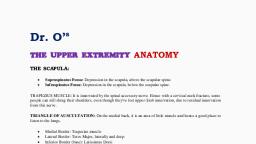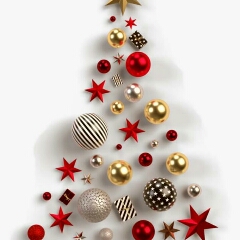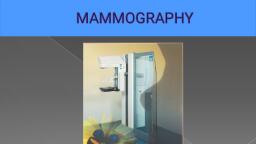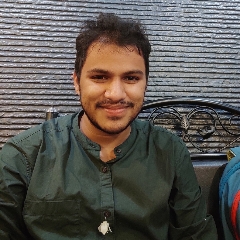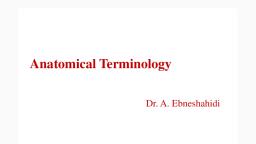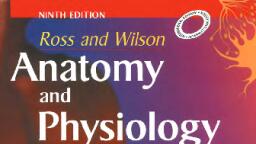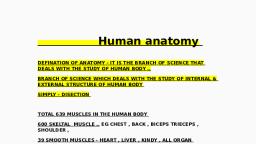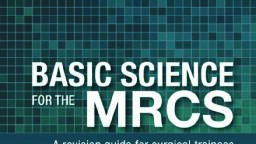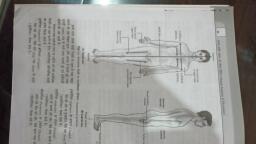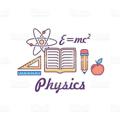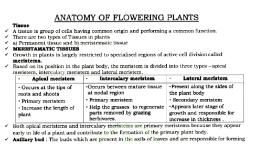Page 1 :
Saladin: Anatomy &, Physiology: The Unity of, Form and Function, Third, Edition, , Atlas B Surface Anatomy, , © The McGraw−Hill, Companies, 2003, , Text, , ATLAS, , Surface Anatomy, The Importance of External Anatomy 392, Head and Neck (fig. B.1) 393, Trunk 394, • Thorax and Abdomen (fig. B.2) 394, • Back and Gluteal Region (fig. B.3) 395, • Pelvic Region (fig. B.4) 396, • Axillary Region (fig. B.5) 397, Upper Limb 398, • Lateral Aspect (fig. B.6) 398, • Antebrachium (forearm) (fig. B.7) 398, • Wrist and Hand (fig. B.8) 399, Lower Limb 400, • Thigh and Knee (fig. B.9) 400, • Leg (figs. B.10–B.12) 401, • Foot (figs. B.13–14) 404, Muscle Test (fig. B.15) 406, , B
Page 2 :
Saladin: Anatomy &, Physiology: The Unity of, Form and Function, Third, Edition, , Atlas B Surface Anatomy, , Text, , © The McGraw−Hill, Companies, 2003, , 392 Part Two Support and Movement, , The Importance of External, Anatomy, , Atlas B, , In the study of human anatomy, it is easy to become so preoccupied with internal structure that we forget the importance of what we can see and feel externally. Yet external, anatomy and appearance are major concerns in giving a, physical examination and in many aspects of patient care., A knowledge of the body’s surface landmarks is essential, to one’s competence in physical therapy, cardiopulmonary resuscitation, surgery, making X rays and electrocardiograms, giving injections, drawing blood, listening to, heart and respiratory sounds, measuring the pulse and, blood pressure, and finding pressure points to stop arterial, bleeding, among other procedures. A misguided attempt, to perform some of these procedures while disregarding or, misunderstanding external anatomy can be very harmful, and even fatal to a patient., Having just studied skeletal and muscular anatomy, in the preceding chapters, this is an opportune time for, you to study the body surface. Much of what we see there, reflects the underlying structure of the superficial bones, and muscles. A broad photographic overview of surface, anatomy is given in atlas A (see fig. A.5). In the following, pages, we examine the body literally from head (fig. B.1), to toe (fig. B.14), studying its regions in more detail. To, make the most profitable use of this atlas, refer to the, skeletal and muscular anatomy in chapters 8 to 10. Relate, drawings of the clavicles in chapter 8 to the photograph in, figure B.1, for example. Study the shape of the scapula in, chapter 8 and see how much of it you can trace on the photographs in figure B.3. See if you can relate the tendons, , visible on the hand (fig. B.8) to the muscles of the forearm, illustrated in chapter 10, and the external markings of the, pelvis (fig. B.4) to bone structure in chapter 8., For learning surface anatomy, there is a resource, available to you that is far more valuable than any laboratory model or textbook illustration—your own body., For the best understanding of human structure, compare, the art and photographs in this book with your body or, with structures visible on a study partner. In addition to, bones and muscles, you can palpate a number of superficial arteries, veins, tendons, ligaments, and cartilages,, among other structures. By palpating regions such as the, shoulder, elbow, or ankle, you can develop a mental, image of the subsurface structures better than you can, obtain by looking at two-dimensional textbook images., And the more you can study with other people, the more, you will appreciate the variations in human structure, and be able to apply your knowledge to your future, patients or clients, who will not look quite like any textbook diagram or photograph you have ever seen., Through comparisons of art, photography, and the living, body, you will get a much deeper understanding of the, body than if you were to study this atlas in isolation from, the earlier chapters., At the end of this atlas, you can test your knowledge, of externally visible muscle anatomy. The two photographs in figure B.15 have 30 numbered muscles and a list, of 26 names, some of which are shown more than once in, the photographs and some of which are not shown at all., Identify the muscles to your best ability without looking, back at the previous illustrations, and then check your, answers in appendix B at the back of the book.
Page 6 :
Saladin: Anatomy &, Physiology: The Unity of, Form and Function, Third, Edition, , Atlas B Surface Anatomy, , Text, , © The McGraw−Hill, Companies, 2003, , 396 Part Two Support and Movement, , Atlas B, , (a), , (b), , Figure B.4 The Pelvic Region. (a) The anterior superior spines of the ilium are marked by anterolateral protuberances (arrows). (b) The posterior, superior spines are marked in some people by dimples in the sacral region (arrows).
Page 12 :
Saladin: Anatomy &, Physiology: The Unity of, Form and Function, Third, Edition, , Atlas B Surface Anatomy, , 402 Part Two Support and Movement, , Semimembranosus, Semimembranosus tendon, , Patella, Medial epicondyle of femur, Semitendinosus tendon, Medial condyle of tibia, , Medial head of gastrocnemius, Tibia, , Atlas B, , Soleus, , Medial malleolus, , Extensor hallucis longus tendon, , Medial longitudinal arch, , Head of metatarsal I, Abductor hallucis, , Figure B.11 The Leg and Foot, Medial Aspect., , Text, , © The McGraw−Hill, Companies, 2003
Page 14 :
Saladin: Anatomy &, Physiology: The Unity of, Form and Function, Third, Edition, , Atlas B Surface Anatomy, , Text, , © The McGraw−Hill, Companies, 2003, , 404 Part Two Support and Movement, , Calcaneal tendon, , Lateral malleolus, Extensor digitorum brevis, , Lateral longitudinal arch, , Atlas B, , Extensor digitorum longus, tendons, (a), , Medial malleolus, , Calcaneal tendon, , Medial longitudinal arch, Calcaneus, , Head of metatarsal I, (b), , Figure B.13 The Foot. (a) Lateral aspect; (b) medial aspect.
Page 15 :
Saladin: Anatomy &, Physiology: The Unity of, Form and Function, Third, Edition, , Atlas B Surface Anatomy, , © The McGraw−Hill, Companies, 2003, , Text, , Soleus, Tibia, Tibialis anterior, , Medial malleolus, , Lateral malleolus, , Site for palpating dorsal pedal artery, Extensor hallucis longus tendon, Extensor digitorum longus tendons, Digits (I–V), , II, , Hallux (great toe), V, , IV, , III, , II, , Atlas B, , Head of metatarsal I, , III, , I, , I, , IV, , Hallux (great toe), V, Head of metatarsal I, (a), , Transverse arch, Head of metatarsal V, , Abductor digiti minimi, Abductor hallucis, Medial longitudinal arch, Lateral longitudinal arch, , Lateral malleolus, , Calcaneus, (b), , Figure B.14 The Right Foot. (a) Dorsal aspect, (b) plantar aspect., 405
Page 16 :
Saladin: Anatomy &, Physiology: The Unity of, Form and Function, Third, Edition, , Atlas B Surface Anatomy, , © The McGraw−Hill, Companies, 2003, , Text, , 406 Part Two Support and Movement, , 8, 9, , 1, 2, , 10, , 17, , 23, , 18, , 24, , 19, 20, , 25, , 3, , 11, , 4, , 12, , 26, , 13, , 27, , 14, , 21, 22, , Atlas B, , 5, 6, , 28, , 7, , 29, 30, , 15, 16, , (a), , (b), , Figure B.15 Muscle Test. To test your knowledge of muscle anatomy, match the 30 labeled muscles on these photographs to the alphabetical list, of muscles below. Answer as many as possible without referring to the previous illustrations. Some of these names will be used more than once, since the, same muscle may be shown from different perspectives, and some of these names will not be used at all. The answers are in appendix B., a. biceps brachii, , j., , b. brachioradialis, , k. latissimus dorsi, , t. subscapularis, , c. deltoid, , l., , u. teres major, , d. erector spinae, , m. pectoralis major, , v. tibialis anterior, , e. external abdominal oblique, , n. rectus abdominis, , w. transversus abdominis, , f. flexor carpi ulnaris, , o. rectus femoris, , x. trapezius, , g. gastrocnemius, , p. serratus anterior, , y. triceps brachii, , h. gracilis, , q. soleus, , z. vastus lateralis, , i., , r., , hamstrings, , infraspinatus, pectineus, , splenius capitis, , s. sternocleidomastoid



